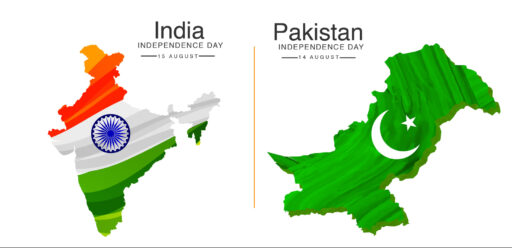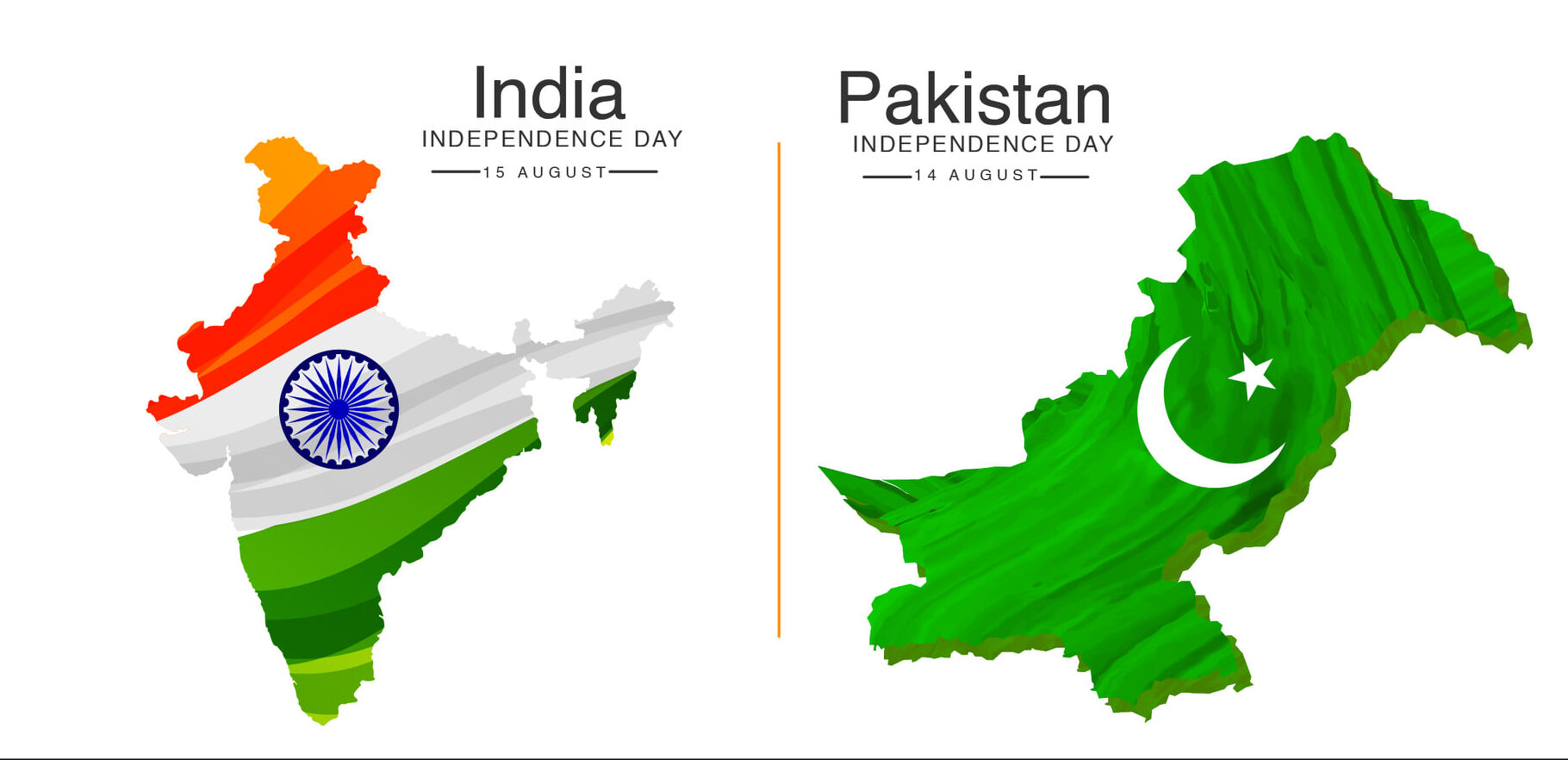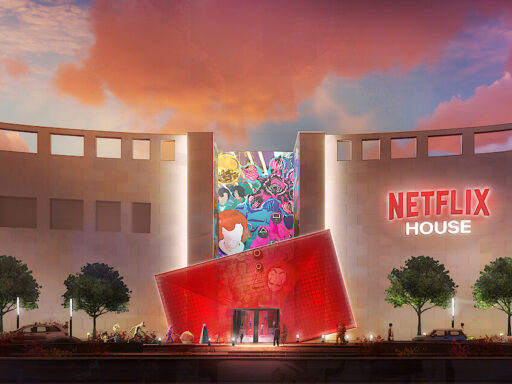A Historical Journey of India and Pakistan
The journey to independence for both India and Pakistan is highlighted in countries by tremendous sacrifice, flexibility, and a relentless mission for power. The struggle to break free from British provincial rule began in the early 20th century and culminated in 1947, a year that significantly altered the political and social landscapes of South Asia. In today’s blog, we are going to talk about why Pakistanis and Indians feel so proud by saying, happy independence day.
In India, the Quit India Movement of 1942 was a pivotal event that galvanized the Indian populace against British rule. Spearheaded by Mahatma Gandhi, the movement called for immediate and complete independence, leveraging mass nonviolent resistance. Gandhi, with his steadfast commitment to ahimsa (non-violence), became the face of the freedom struggle, inspiring millions with his philosophy of peaceful disobedience. Other prominent leaders, such as Jawaharlal Nehru, provided crucial leadership, articulating the vision for a free and democratic India.
Parallelly, the Lahore Resolution of 1940 marked a significant milestone in what is now Pakistan. Proposed by Muhammad Ali Jinnah, a key figure in the Pakistan Movement, the resolution demanded separate states for Muslims in the northwestern and eastern zones of India. Jinnah’s tireless advocacy for the rights of Muslims and his vision for Pakistan were instrumental in molding the interest for a separate nation. The segment of 1947, however accomplishing the valued goal of freedom, was a period of immense disturbance and tragedy. The boundary division prompted mass movements, with millions of people crossing borders, often amidst communal violence and loss. The Radcliffe Line, hastily drawn, delineated the two new nations, forever altering the subcontinent’s socio-political fabric.
This whole movement and separate nation idea was inspired by the great Philosopher and poet Allama Iqbal, who envisioned an independent Muslim state, and Sardar Vallabhbhai Patel, known as the ‘Iron Man of India’ for his role in unifying the Indian states, played critical roles during this transformative period. Their contributions steered both countries through tumultuous times, laying the foundation for their modern-day trajectories.
As India and Pakistan celebrate 77 years of independence, reflecting on this rich history is imperative to understand the shared yet distinct paths that have shaped their present identities.
The Celebrations Across India
Every year on August 15th, India comes alive with vibrant displays of patriotism and unity as the nation celebrates its Independence Day. The central event happens at the Red Fort in New Delhi, where the Prime Minister addresses the nation. This speech reflects on the country’s progress as well as establishes the vibe for the future aspirations of the citizens. The Prime Minister’s location is trailed by the flag-hoisting ceremony, an iconic moment that instills pride and a sense of achievement among Indians everywhere.
Throughout India, flag-hoisting ceremonies occur in numerous public spaces, from government buildings to schools and local communities. These ceremonies are often accompanied by recitations of the national anthem and patriotic songs, creating a climate of collective festival and respect for the nation’s journey since independence. Marches are one more significant feature of the day, demonstrating the variety and social wealth of India. Military processions show the nation’s guard abilities and honor the penances made by the military. Social exhibitions, including conventional moves, melodic introductions, and dramatic demonstrations, depict the myriad cultural heritage and unity in diversity that defines the Indian experience. These events draw significant crowds and are widely broadcast, allowing people across the country to partake in the festivities.
Fireworks illuminate the night sky in many cities, symbolizing the joy and festivity of Independence Day. Besides, the academic institution plays a vital part in celebrating this day by putting together different projects that incorporate speeches, paper and drawing contests, and exceptional assemblies focused on the subject of ‘Happy Independence Day India.’ These occasions connect with the younger generation, fostering a deeper appreciation for the nation’s history and hard-won freedom.
In homes and communities, families meet up to celebrate feasts and social events, frequently embellishing their spaces with the Indian tricolor. Social media buzzes with messages of ‘Happy Independence Day,’ as people exchange greetings and share their reflections on the significance of the day. This digital celebration acts as a virtual extension of the unity and pride felt nationwide, echoing the themes of patriotism and national progress.
The Celebrations Across Pakistan
Every year, Pakistan commemorates its Independence Day on August 14 with fervor and patriotism. The day begins with grand events that underscore national pride and unity, starting with the President and Prime Minister’s speeches. These addresses are broadcasted nationwide, reflecting on the nation’s achievements and aspirations. The flag-hoisting ceremonies, a pivotal part of the celebrations, are held at key locations including the President’s House and Parliament House, instilling a sense of pride among citizens.
Public squares, government buildings, and private homes are adorned with the national flag, contributing to a sea of green and white. One of the most iconic sites, the Minar-e-Pakistan in Lahore, has become a focal point of celebrations, symbolizing the historical roots of Pakistan’s creation. Key urban areas like Islamabad and Karachi have dynamic marches that include military presentations, marching groups, and cultural processions, displaying the variety and solidarity of the nation. National songs play a critical part in bringing out devoted feelings. Melodious songs of praise like ‘Dil Dil Pakistan’ and ‘Jeevay Jeevay Pakistan’ echo throughout the country, performed by school children and professional artists alike. These songs not only stir emotions but also reinforce the themes of unity and progress. The evening often culminates with spectacular fireworks, illuminating the skies with radiant colors and filling the atmosphere with joy and celebration.
Cultural activities and the excitement of celebrations further enhance the festive spirit. Local communities organize theatrical/drama performances, poetry recitations plus traditional dances are the key entertainment that highlight Pakistan’s rich cultural heritage. Social media platforms buzz with messages of “happy Independence Day” and “happy Independence Day Pakistan,” reflecting the widespread enthusiasm and collective pride of the nation.
In essence, Pakistan’s Independence Day is a testament to the enduring spirit of its people, their commitment to unity, and their relentless pursuit of progress. The celebrations serve as a reminder of the country’s journey and the shared values that bind its citizens together.
Reflecting on 77 Years of Growth and Future Aspirations
As we commemorate 77 years of independence, it is an ideal moment to reflect upon the striking development and advancement that both India and Pakistan have gone through. Since their particular origins, both nations have taken critical steps in various fields, contributing immensely to their current standings on the global stage.
Economically, both countries have witnessed considerable transformation. India, with its diverse economy which has seen remarkable growth in sectors such as information technology, pharmaceuticals, and services. Similarly, Pakistan has made notable advancements, particularly in agriculture, textiles, and manufacturing. These economic achievements are proven to the resilience and industrious spirit of their populations.
Technologically, the two nations have embraced advancement and have become critical players in the worldwide innovation field. India’s tech environment, frequently referred to as the ‘Silicon Valley of Asia,’ has expanded, cultivating new businesses and attracting investments. Meanwhile, Pakistan has shown commendable progress in its IT sector, particularly in software development and digital services.
Culturally, the rich heritage of both countries continues to thrive. Through music, film, literature, and art, India and Pakistan celebrate their unique identities while also recognizing their shared histories and traditions. These cultural expressions not only enrich their societies but also offer a medium through which mutual respect and understanding can flourish.
While celebrating “Happy Independence Day,” it is essential to acknowledge the challenges that have been overcome. From political instability to economic hurdles, both nations have navigated through numerous difficulties. The spirit of resilience that characterizes both countries has enabled them to overcome adversity and continue on the path of growth.
Conclusion
Looking ahead, the future aspirations of India and Pakistan are bright. Both nations have the potential to further their development in areas such as renewable energy, instruction, medical services, and framework. Local collaboration and common regard can assume vital parts in accomplishing these goals. As we say “happy Independence Day India” and ”Happy Independence Day Pakistan,” it is the expectation for a future where both nations can thrive individually and coexist harmoniously that stands out as the most profound celebration of this historic day.
Read More interesting Topics With : YOURS
- Roblox Unblocked 66: Unlocking Endless Gaming Possibilities
- CoolMathGames Unblocked: Your Ultimate Destination for Fun and Learning
- Derrick Henry Cowboys: A Name that resonate in NFL
- The Alexee Trevizo Case: Latest Updates, Verdict Insights, and Ongoing Legal Battles in 2024
- Tyson vs Paul: A Clash of Generations in the Boxing Ring





